Yuanli: Weaving History Through Rush
Taiwanese rush weaving, a centuries-old craft rooted in the quaint township of Yuanli, unravels a lesser-known yet intriguing chapter of Taiwan’s history and its people with every woven piece.
Sense of Wander: ★★★★☆
This calligraphy piece, woven from rush, illustrates how rush weaving became an integral part of Taiwan’s cultural and economic history throughout the 19th and 20th centuries.
YUANLI, Taiwan — If you could travel back to the 19th or 20th centuries and stroll through the streets of Yuanli, you’d notice something different in the air.
In this small township along Taiwan’s western coast, the atmosphere is filled with a fresh, grassy scent, reminiscent of salted wood. This distinctive aroma isn’t just due to the absence of modern pollution; it’s the result of a thriving household industry: rush weaving.
While much of Yuanli is dedicated to rice cultivation, for most of its history, the town was renowned for the intricate items meticulously woven by hand from locally grown rushes.
So, what is rush? It’s a tall, grassy plant that grows in wet areas, with long, sturdy stems perfect for creating woven goods like mats, baskets, and various household items. In Yuanli, women poured their time and skill into this craft, making it a central part of their lives.
In “Song of the Rush Mat” (草蓆歌), we catch a glimpse into the lives of these women:
Yuanli women, so skilled they are, not tending mulberry or raising silkworms.
Their delicate fingers toil all day long, earning means to serve their elders.
Food has no taste, sleep is restless; daughters are valued more than sons.
Sons are sent to trade in far-off lands, while daughters dutifully serve at home.
Today’s work is never done, tomorrow they continue to weave, If not by day, then by night they press on…
At the height of rush industry, it was common to see women of all ages — young and old — gathered on the living room floor, weaving rush grasses into hats and mats. For many who grew up in Yuanli, this scene is a cherished childhood memory.
Girls as young as six or seven were expected to join in. After school, they would hurry home to help their mothers, only resting once the day’s weaving was complete. Mastering this craft made these women highly sought after in the marriage market as a woman skilled in rush weaving was capable of supporting a household of six!
This shows a typical scene in Yuanli, where women of the household would spend their time weaving rush to contribute to the family’s income.
But how did rush weaving take root in Yuanli, this small township?
As early as the early 18th century, women of the Pingpu tribe were already adept at weaving wild rush grass into mats. By the mid-18th century, they began transplanting wild rush grass into paddy fields, refining the weaving process by finely splitting the grass stems. This innovation led to products known for their durability, softness, and longevity, making rush grass items essential in daily life in Yuanli and its neighboring areas.
The craft truly flourished when the colonial government, during Japan’s occupation of Taiwan, recognised the commercial potential of locally produced rush hats and mats. This led to the industrialization of rush weaving, propelling these items to become one of Taiwan’s top three exports, alongside rice and sugar.
Rush hats, in particular, became a popular and fashionable item in Japan, celebrated for their lightweight, breathable, and moisture-wicking qualities. However, these hats only appeared in 1892, when Hong Yang (1853-1941) is credited with being the first to weave them from rush grass.
Hong later passed on her craft to the local community, teaching women to create various items like tobacco bags, wallets, and insoles for traditional Japanese shoes known as zori. Her efforts eventually led to thousands of women from coastal areas between Hsinchu and Tainan taking up this craft.
Hong’s pivotal role in the evolution of rush weaving earned her the title of pioneer in the field, a legacy honoured by a bronze sculpture dedicated to her in front of the Triangle Rush Exhibition Hall in Yuanli.
Hong Yang (1853-1941), a pioneer in rush weaving, is credited with creating the first hat woven from rush grass.
Triangle Rush Exhibition Hall traces the origin, history, and development of the rush industry in Yuanli township over the centuries.
To truly understand the history of Taiwanese rush weaving, a visit to Yuanli is essential, and the Triangle Rush Exhibition Hall is the perfect place to start. Founded by the Farmers’ Association of Yuanli Township, this museum transformed a former warehouse into a vibrant centre devoted to showcasing the knowledge and artistry of Taiwanese rush weaving.
Visitors can explore the evolution of rush weaving through detailed exhibits, including miniature models that recreate scenes of women dedicating themselves to this craft. As you wander through the museum’s collection, don’t miss a remarkable mat suspended from the ceiling, depicting two phoenixes.
In traditional society, the phoenix was a symbol of grace, beauty, and rebirth, representing the balance of yin and yang and often associated with the empress. The double phoenix, or two phoenixes together, symbolises a blissful union, suggesting that this mat was likely created for newlyweds.
Although economic shifts and the rise of plastic goods led to a decline in the rush weaving industry, community activists have been working to reviving and preserving these traditions since the early 21st century. Recently, a new generation of talented artisans has returned to Yuanli, sparking renewed interest in the craft. Notably, this one-of-a-kind craft was showcased at London Craft Week 2021 in the exhibition Lines of Possibilities: Taiwanese Rush Weaving.
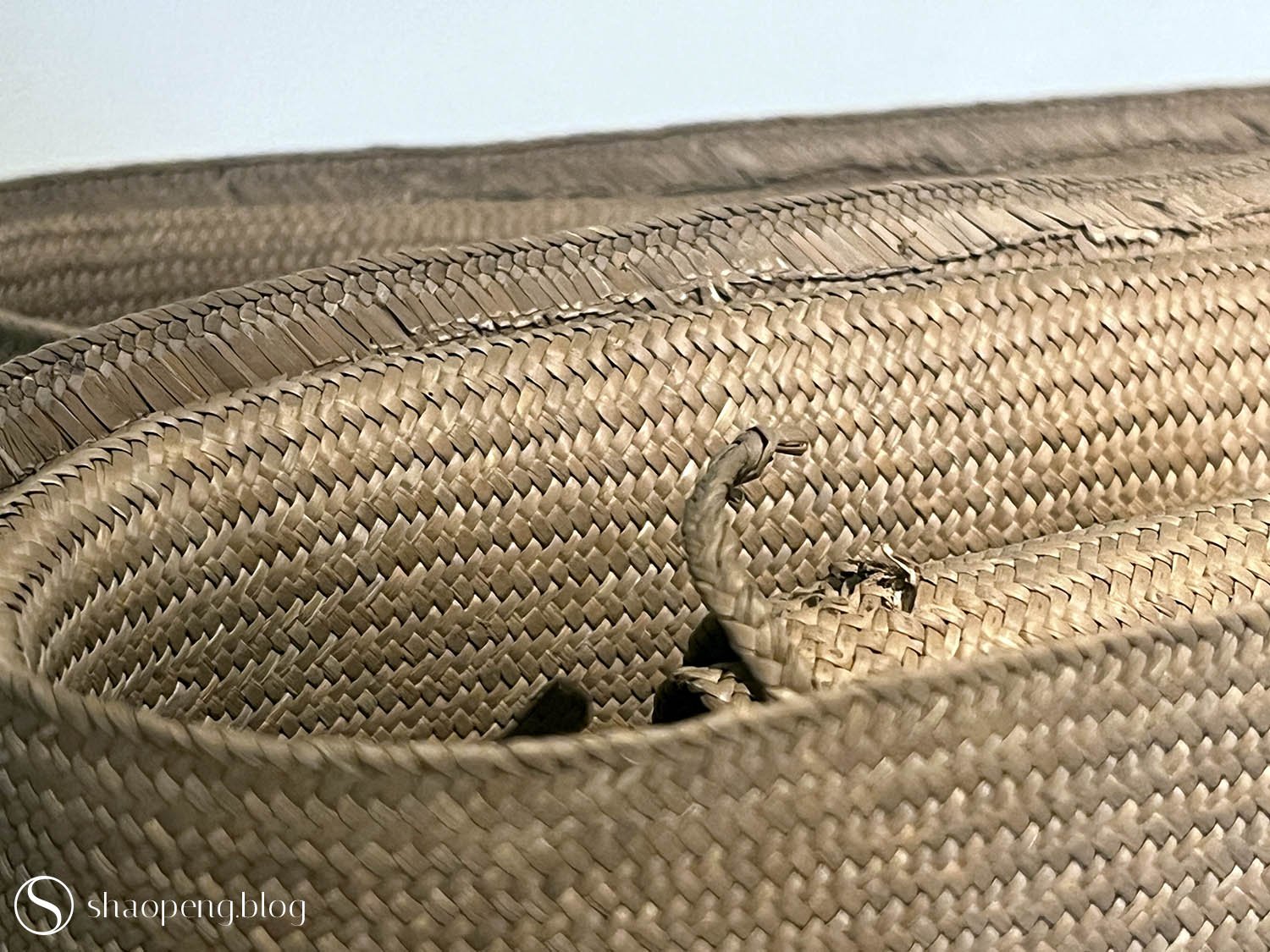
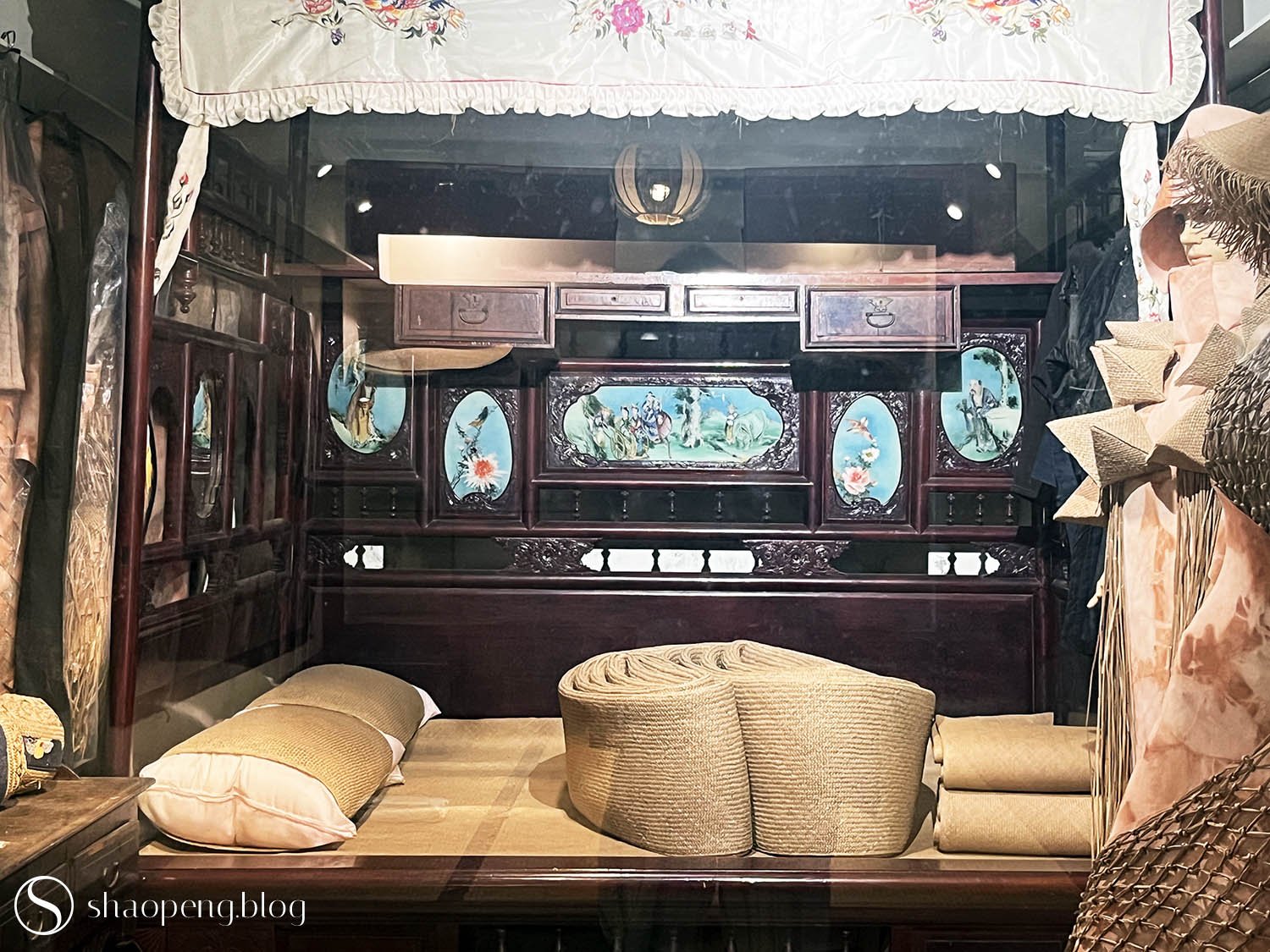
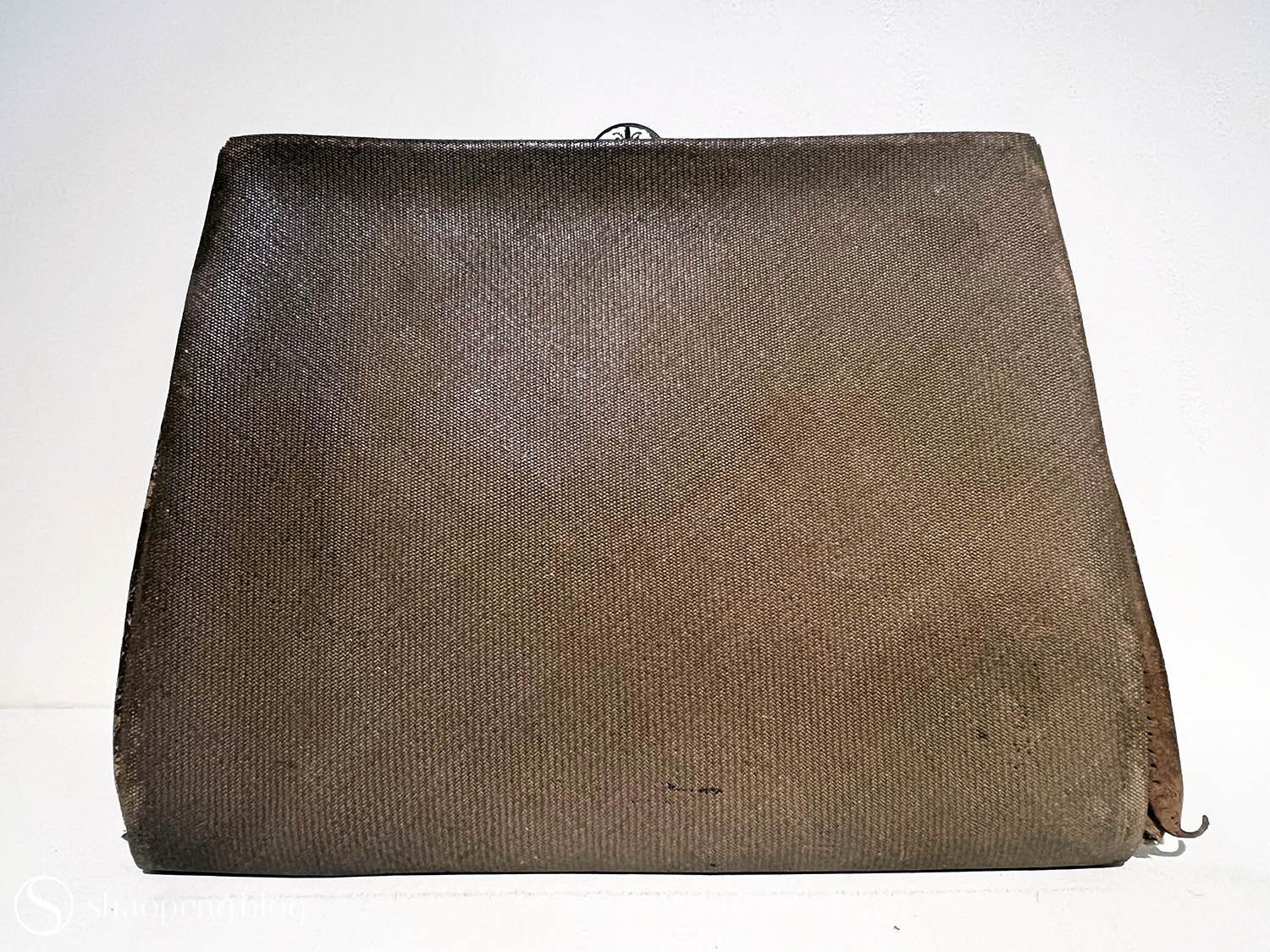
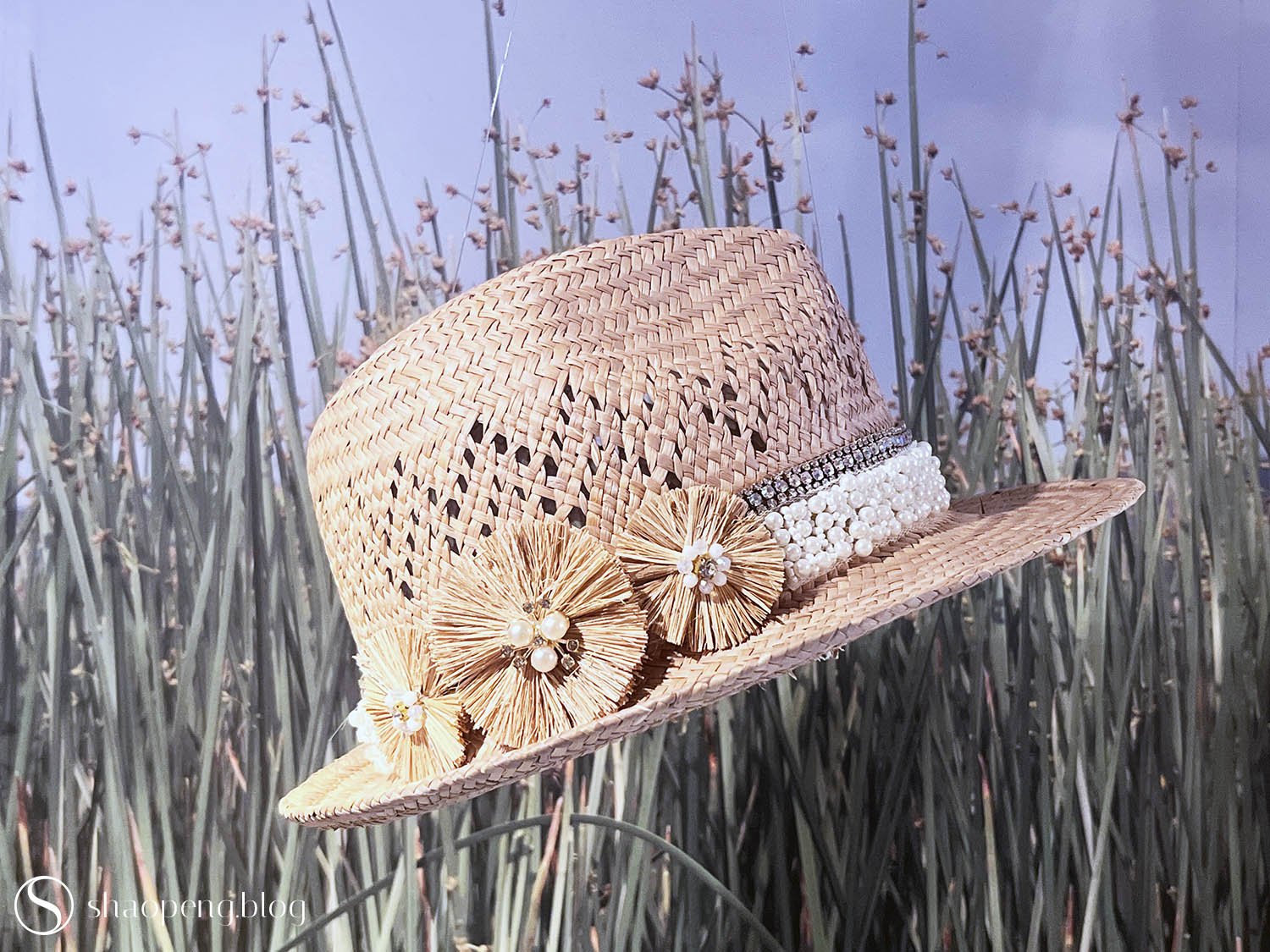
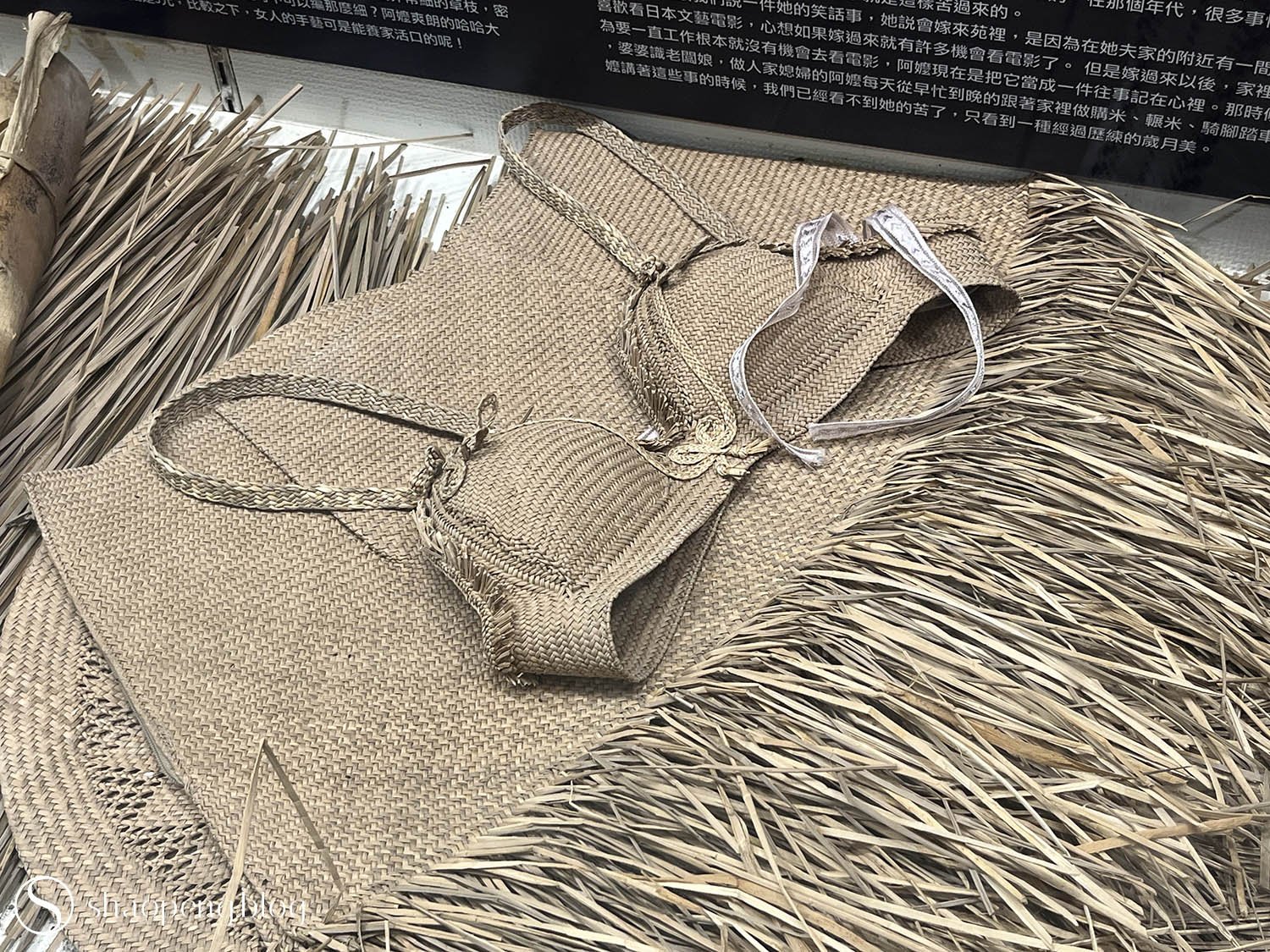
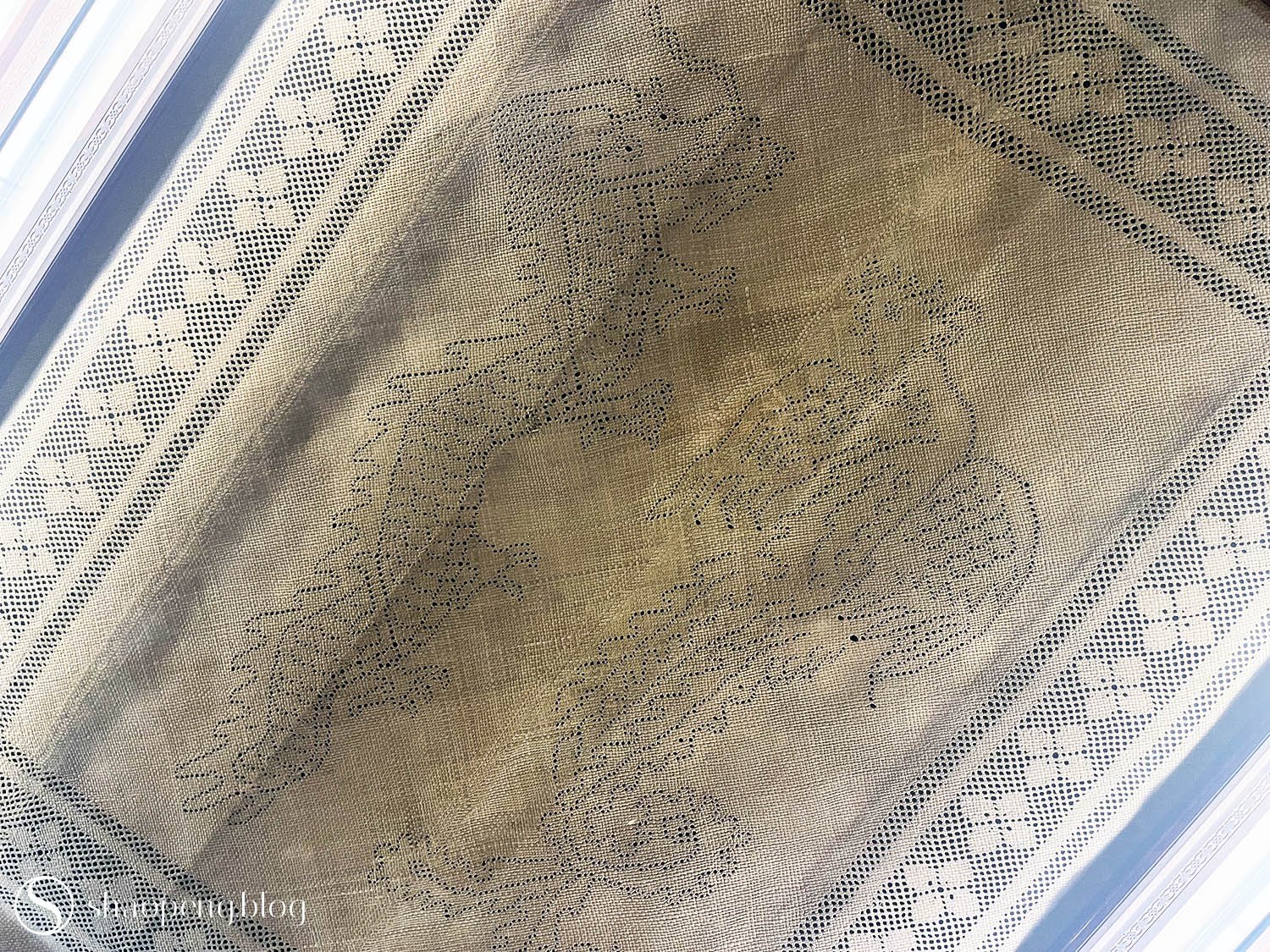

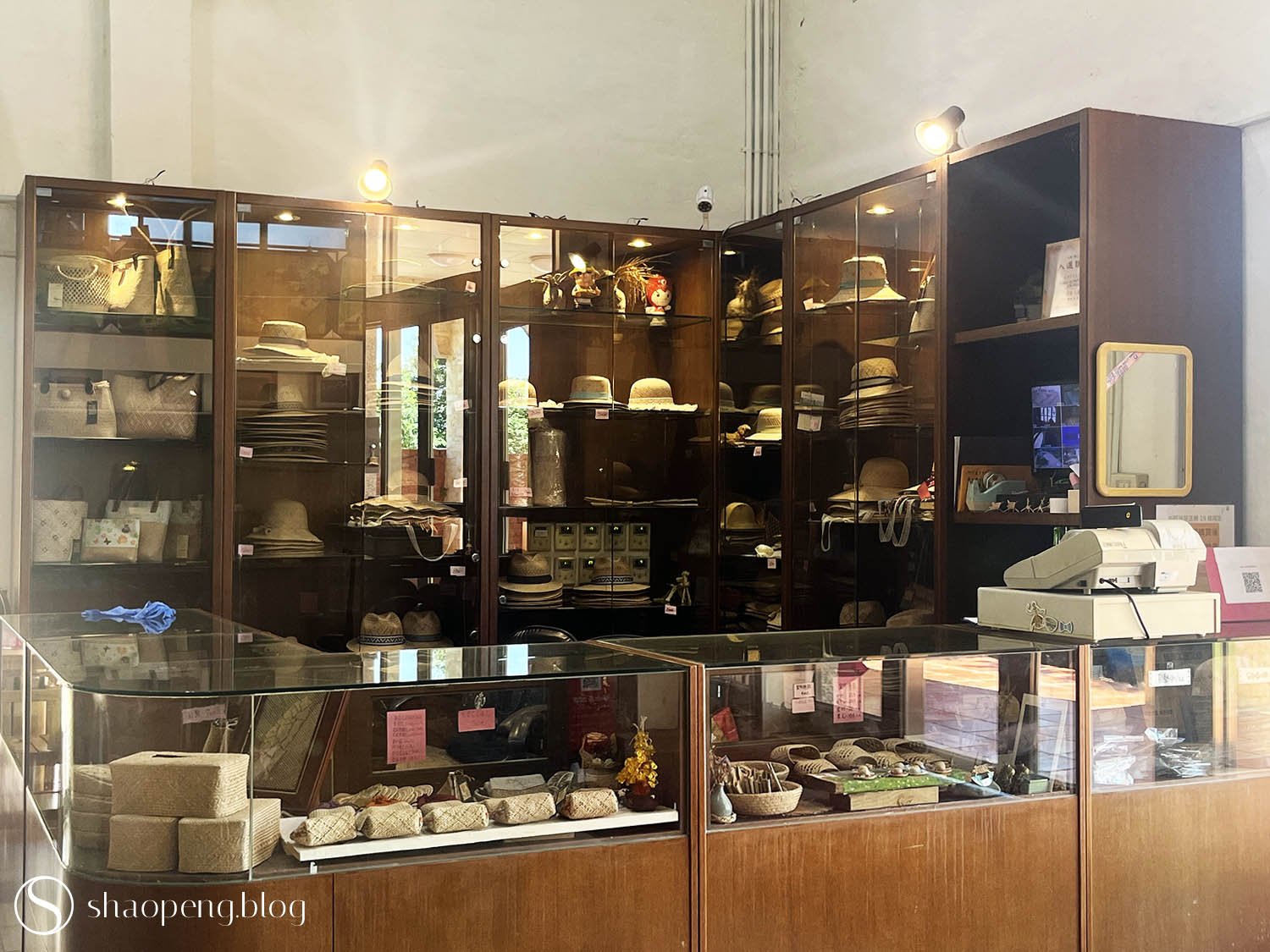
The Triangle Rush Exhibition Hall offers more than just a deep dive into the craft’s rich heritage — it’s also the perfect spot to pick up high-quality souvenirs made by local artisans. These items are often more reasonably priced than those found in shops or designer stores.
During my visit, I purchased a rush-woven handbag by Cheng Ai-Tzu (鄭愛子), an esteemed craftswoman in her 80s with over 70 years of experience. The handbag’s intricate “pineapple flower” patterns immediately caught my eye. When I began carrying the handbag, I couldn’t help but notice the unique scent of rush grasses that seemed to linger in the air as I walked down the street.
While rush items are made in other places as well, those from Yuanli stand out for their exceptional quality. The craftsmanship is highly sophisticated, featuring designs and patterns that reflect years of experience and meticulous attention to detail.
The remarkable quality of Yuanli rush can be attributed to its unique triangular variety, found exclusively in this region. While rush is grown worldwide, Yuanli’s “triangular rush” is distinct due to its triangular cross-section. This variety is celebrated for its superior moisture-wicking properties, strength, resilience, and lasting fragrance. Its fine fibers also make it exceptionally comfortable for use in flooring mats, sitting mats, and insoles.
Yuanli rush is harvested three times a year, with the quality varying by harvest. In spring, the fields yield “early grass” in May and June, followed by “autumn grass” in August and September, and “slow grass” in November and December. Of these, “autumn grass” is prized for its superior quality; it’s thicker and more stable, making it ideal for high-quality mats.
In contrast, “early grass” is less consistent in quality and is generally reserved for smaller items like cardholders. “Slow grass,” the lowest grade, isn’t used for functional products but finds an unexpected role in the kitchen. Its unique fragrance can enhance dishes, such as by tying crab claws, where it mingles with the seafood’s umami flavour.
On display is an array of items woven by the “grandmothers” of Yuanli, who embody the living heritage of Taiwanese rush craft, showcasing the remarkable creativity that can emerge from this mundane material.
Reference:
Lu, C.H. (2010). Jilu - Bian lin ren: Taiwan Yuanli diqu lin cao shoubian jishu ji gongyi fazhan diaocha yanjiu [The Weavers of Rush: A Survey and Study of the Technique and Craft Development of Rush Weaving in the Yuanli Area of Taiwan]. Miaoli County Shanjiao Community Development Association.
Similar articles:
Rediscovering the Forgotten Legacy of Kenting’s Sisal Industry





